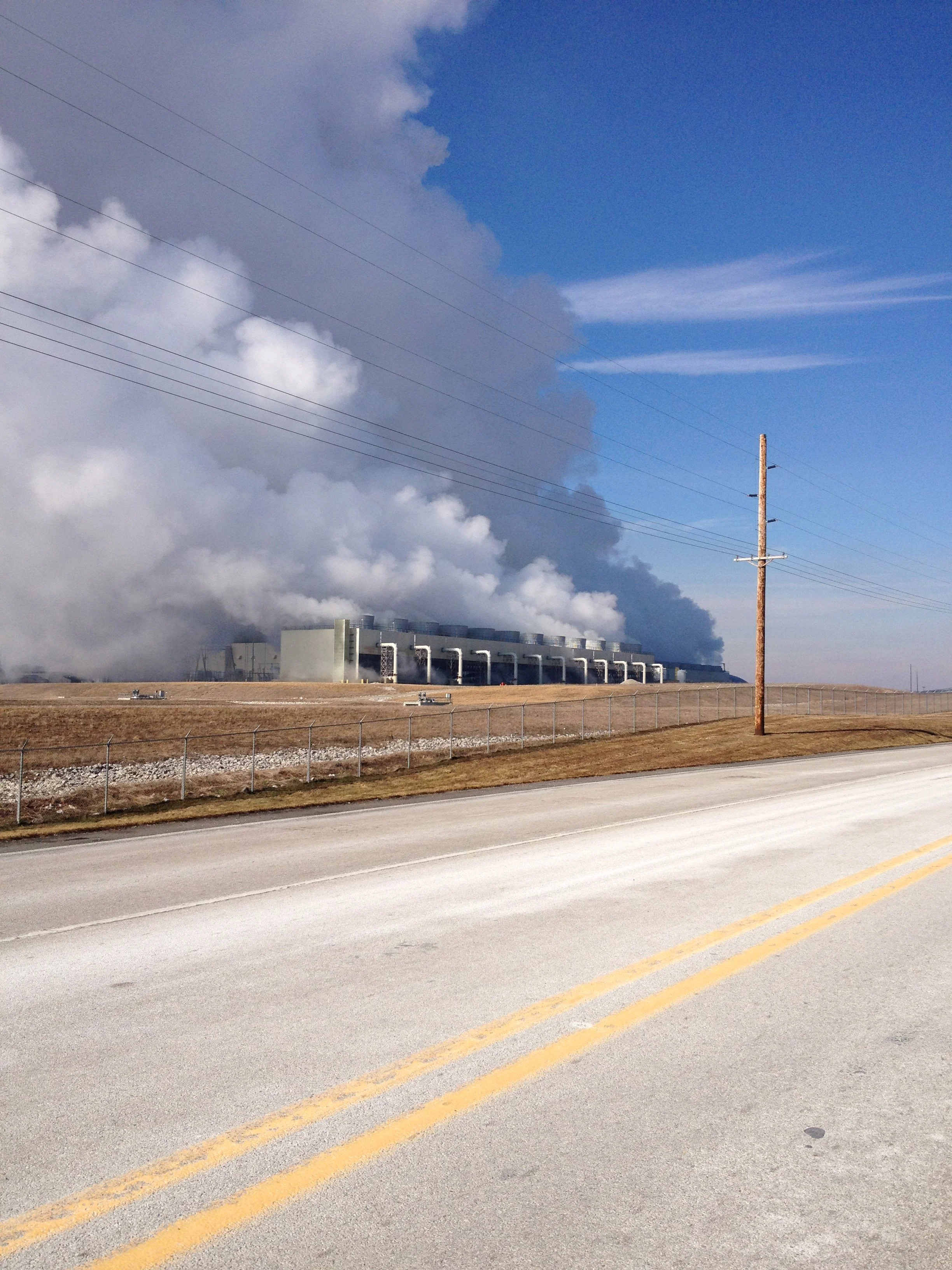Assessing and Mitigating Risk in Utilities: Applying Enterprise Risk Management Techniques
Utilities face a complex web of financial, operational, and regulatory risks that are magnified by rapid technological change, aging infrastructure, and heightened stakeholder expectations. A disciplined approach to Enterprise Risk Management (ERM) enables utility leaders to identify, assess, and mitigate these risks before they affect reliability, safety, or financial performance.
Risk Assessment Framework
The foundation of ERM begins with a structured risk assessment process. Utilities catalog risks across core areas—generation, transmission, distribution, customer service, cybersecurity, environmental compliance, and finance. Each risk is analyzed in terms of likelihood and impact using a quantitative or qualitative scale. The results are plotted on a risk heat map, allowing executives to visualize exposure and prioritize resources.
Utility Accounting and Rates Specialists provides on-line/on-demand courses on operations and construction project accounting, rates, and management for new and experienced co-op and utility professionals and Board members. Click on the button to see a highlighted listing and description of our course offerings.
For example, a failure in a substation control system may have a low probability but a high operational and reputational impact, while weather-related outages may be frequent but manageable through preparedness measures. Using both scenario analysis and sensitivity analysis helps utilities test how risks behave under varying conditions such as fuel price volatility or extreme weather events.
Mitigation Strategies
Once critical risks are ranked, utilities develop mitigation plans tailored to each risk’s profile. Common approaches include:
Risk avoidance – altering plans to eliminate exposure, such as deferring entry into a high-risk market.
Risk reduction – investing in redundancy, cybersecurity enhancements, or predictive maintenance programs.
Risk sharing or transfer – using insurance, joint ventures, or performance contracts.
Risk acceptance – for low-impact risks where mitigation costs exceed potential loss.
Utilities often adopt key risk indicators (KRIs) to track early warning signs, linking them to operational dashboards and performance metrics. For instance, metrics on vegetation management cycles, outage response times, or credit exposure can serve as early indicators of increasing risk levels.
Embedding ERM into Utility Operations
Effective ERM is not a one-time exercise—it’s a continuous cycle integrated into strategic planning and capital budgeting. Risk considerations influence rate case strategies, capital investment prioritization, and regulatory filings. Leading utilities form cross-functional risk committees to ensure that engineering, finance, compliance, and customer service perspectives are aligned.
Technology now plays a major role in this process. Data analytics and AI tools can detect anomalies, forecast equipment failures, and simulate cascading effects across the grid. Combined with scenario planning and stress testing, these tools give executives deeper insight into resilience and recovery options.
The Outcome: Resilient, Informed Decision-Making
A mature ERM framework transforms risk from a reactive burden into a strategic asset. By embedding systematic assessment and mitigation practices across all business functions, utilities can strengthen reliability, safeguard financial health, and demonstrate proactive governance to regulators and stakeholders. In an era of climate uncertainty and evolving customer expectations, mastering ERM is no longer optional—it’s essential for long-term resilience and trust.
Thanks for reading! I welcome your suggestions for future topics and am always eager to provide insights on pressing industry issues. My goal is to be a trusted resource for utilities and electric cooperatives navigating today’s challenges.
About Russ Hissom - Article Author
Russ Hissom, CPA is a principal of Utility Accounting & Rates Specialists a firm that provides power and utility cost of service and rate studies, expert witness, and consulting services, and online/on-demand courses on accounting, rates, FERC/RUS construction accounting, financial analysis, and business process improvement services. Russ was a partner in a national accounting and consulting firm for 20 years. He works with electric investor-owned and public power utilities, electric cooperatives, broadband providers, and gas, water, and wastewater utilities. His goal is to share industry best practices to help your business perform effectively and efficiently and meet the challenges of the changing power and utilities industry.
Find out more about Utility Accounting & Rates Specialists here, or you can reach Russ at russ.hissom@uarsconsulting.com.
The material in this article is for informational purposes only and should not be taken as legal or accounting advice provided by Utility Accounting & Rates Specialists, LLC. You should seek formal advice on this topic from your accounting or legal advisor.


